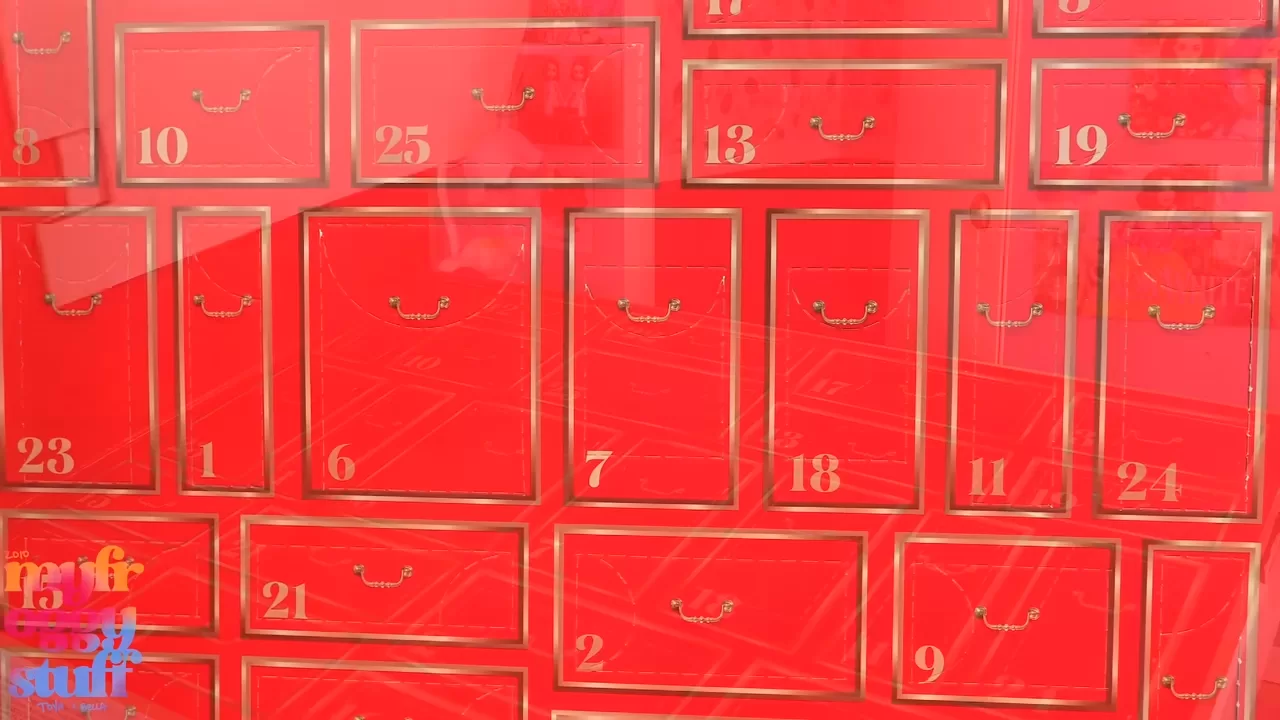Preparing for the winter holidays has always been a mix of anticipation, reflection, and small rituals that help set the mood long before the actual celebrations begin. One of the most recognizable traditions of the season is the Advent Calendar, a simple idea that has turned into a beloved symbol of December. While today it often appears in playful, colorful, or even luxurious designs, its origins are rooted in the desire to make the days leading up to Christmas feel more meaningful.
The Advent Calendar originally served as a way to mark the period before the holiday through short, daily moments of attention. Families would take one small action each day—lighting a candle, opening a tiny window, or reading a verse. Over time, this custom evolved into a more creative format, where each day reveals a small surprise. Modern variations range from classic paper calendars with illustrations to versions that include chocolates, tea blends, handmade items, or even small self-care gifts. On resources such as Advent Calendar, you can see different interpretations of this tradition, adapted to modern preferences.

What makes this tradition so enduring is not the gift itself but the slow, rhythmic unfolding of the days. In a world where everything moves quickly, opening a single door or drawer each morning creates a subtle pause. It becomes a reminder to slow down, breathe, and find small moments of joy. Many people say that the Advent period is when they finally begin to feel the holiday spirit — not on the holiday itself, but during the gradual process of waiting.

Another reason the Advent Calendar remains popular is its flexibility. It no longer belongs exclusively to religious or family settings. There are calendars designed for children, for adults, for tea lovers, for skincare enthusiasts, and even for people who enjoy DIY projects. Some create their own version at home, filling it with handwritten notes, small activities, or symbolic objects. Others prefer ready-made calendars that surprise them in unexpected ways throughout the month.
If you look closely at how people use Advent Calendars today, you’ll notice that the ritual has become a personal tool for grounding. December is both festive and chaotic — last-minute plans, gift shopping, deadlines, events, and constant movement. A small morning ritual, like opening a window on an Advent Calendar, can stabilize the day, offering a sense of structure and a hint of calm among the rush. Even a simple gesture like discovering a tiny piece of chocolate or reading a short affirmation can shift the mood for the better.

There is also a social aspect. Families with children often introduce the Calendar as a way to make December feel exciting and magical. Adults, meanwhile, exchange Advent Calendars as thoughtful seasonal gifts, knowing that the recipient will enjoy them day after day. This combination of surprise and routine keeps the tradition relevant, even for people who do not typically celebrate holidays in a conventional sense.
In recent years, Advent Calendars have become more creative than ever. Some brands release limited editions, others collaborate with artists, and some focus entirely on natural, handmade, or eco-friendly items. This reflects a broader trend: people appreciate not just receiving things, but also experiencing something gradual and emotionally engaging. The Calendar becomes a story — one that lasts for weeks, opening door by door.

Ultimately, the lasting charm of the Advent Calendar lies in its simplicity. It reminds us that anticipation can be just as enjoyable as the celebration itself. Whether you choose a classic design, a modern themed version, or explore options like Advent Calendar, the essence remains the same: finding something small and meaningful in each day.



